Overview
Map
Other Details
بيت وكنيسة القديس نعمة الله الحرديني
Hardine
Batroun
North
Hardine’s name is derived from the Syriac language meaning ‘pious’, Witness of justice, Ardent in faith and Square of religion. It is located about 1100m. above sea level. A large area of very thick forests surrounds it and the following ruins of its inveterate past decorate its mountain terraces: -The «rocky tile of Hardine» with its marine fossils and its unique length of 350 m along a slope to the west and its width of nearly l00m. Some one said, «The three most beautiful in Mount Lebanon are the valley of Kannoubine, The Palace of Beit Eddine and the tile of Hardine». –The Temple of God Mercury With 30 majestic pillars built according to the rare ionic style. This temple known as «the roman Palace of Hardine». It’s a really fantastic one; it goes back to the time of Emperor Hadrian Augustus (117-137 A.D). -“St Fawka’s” monastery (6th century) -“Patriarchal monastery” since the Maronites came to Lebanon, known as “St. Sergios Alkarn”. -“St John Alchakf” monastery, since the days of the Crusaders. -“St Taqla” church in Beit Kassab square. It was the father of St Hardidni, who first started its renovation in the 19th Century. -The church and hermitage of “St Stephan” in a hollow in a light rock over the Plain of Al Jawz River. -The ruins of “St Richa’s” monastery, where the Syriac Diocese was moved between 1384 and 1598. -The hermitages of “St Joseph”, “Ste Anne”, “St Ephram” the Syriac, “St Jacob Jesus’ brother” and “the pottery monastery” in the hollows of Kfarshira, and “the Lady of the Castle” in the hollow of the water spring. -The Church of “St. Georges and Edna” which is distinguished Christian inscriptions (fish and cross). -The churches of “St Elias”, “St Challita and Nohra” in the hollows engraved in the rocks, the old parish churches, like “St. Sergios and Bacchus” (rebui1t in 1932). “the Lady of deliverance” (rebuilt in 1948). The current one is St. Shayna” (1844), and finally the church of “St. Tadros” with its maronite alter, The two rebuilt churches of “St. Antonios of Padova” (1907), “St. Thomas” (1950) and the church of “Ste Theresa of the Baby Jesus” (1946). -The monastery of St. Hardini» built with the donations of the people from Hardine in Lebanon and all over the world. – Hardine is the hometown of one of Lebanon’s four saints, Saint Nimatullah Hardini (1808-58) who was canonised by Roman Catholic Pope John Paul II in 2004. The village is naturally protected by the valleys and the rocky mountains around it making it an ideal place for the then new religion (Christianity) to flourish. Legend has it that in 270AD, a Roman official imprisoned his daughter in Hardine for converting to Christianity. She converted many others in Hardine to the Christian faith.
Visited 1597 times, 3 Visits today
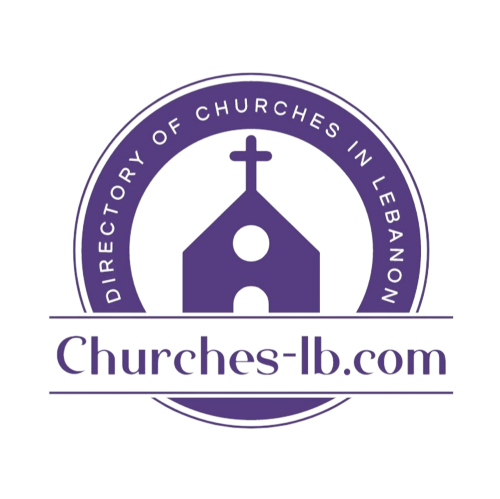
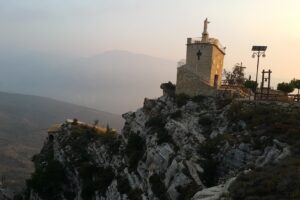
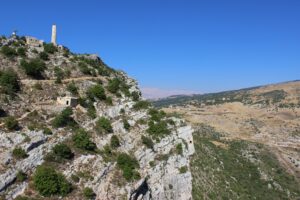
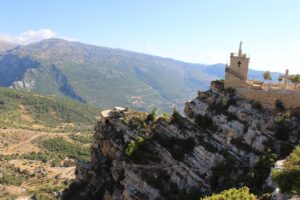
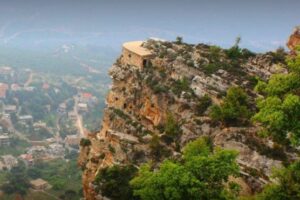
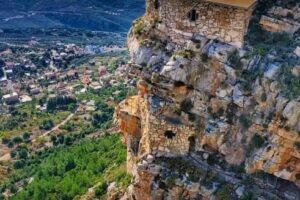
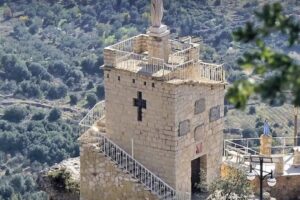
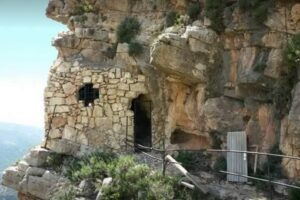
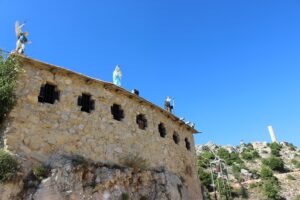
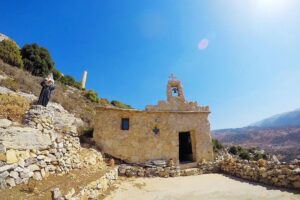
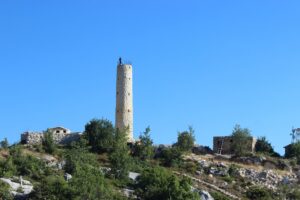










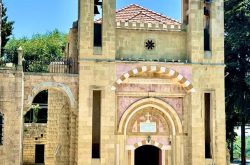
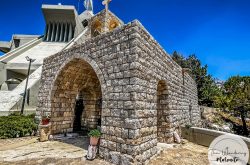
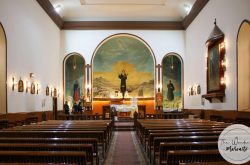
Reviews are disabled, but trackbacks and pingbacks are open.